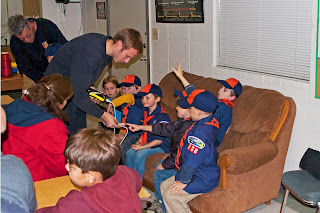Question: What can be so bad about balloons?
Answer: They are a potential choking hazard.
Of all children’s products, balloons are the leading cause of suffocation deaths, according to the U.S. Consumer Product Safety Commission. More than 110 children have died as a result of suffocation involving uninflated balloons or pieces of balloons since 1973. Most of the victims were under 6 years of age.
Suffocation can occur when a child inhales deeply to inflate a balloon and accidentally sucks the balloon into his or her mouth.
Completely inflated balloons do not present a hazard to young children, but they can immediately become dangerous if they pop. Discarded pieces of a broken balloon can pose threats if children chew on them or stretch the pieces over their mouths to blow bubbles. The balloon pieces can be drawn into the mouth, causing the airway to become completely blocked. It’s recommended that parents immediately make sure pieces of broken balloons are out of reach of children.
In 1995, the U.S. government enacted the Child Safety Protection Act that requires the following warning to be placed on any latex balloon or any toy or game containing a latex balloon:
"CHOKING HAZARD: Children under 8 years can choke or suffocate on uninflated or broken balloons. Adult supervision required. Keep uninflated balloons from children. Discard broken balloons at once."
Mylar balloons like those pictured below, are a safe alternative to latex balloons.
The article was written by Sandra Chinnici, RN, Answer Line nurse at St. Louis Children’s Hospital.










